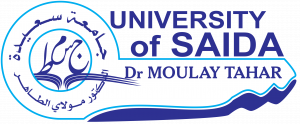A Recapitulative Session
Objectives
- Students will revise the previously studied literary movements including Romanticism, Naturalism, and Realism,
- They will go through the different literary genres comparing prose, poetry, and drama and their sub-genres, drawing comparisons and similarities.
Multiple Choice Test 2
A. We call text as belonging to literature according to:
Its structure
If it provides a story
If there is a narrator
If elements belong to literature are recognizable
B. Poetry is different from prose in terms of,
The presence/absence of narrator and characters
Themes discussed
Form
Density of figures of speech use
C. We can draw lines between literary movements thanks to,
The historical period they belong to
The literary genres flourishing with them
The names of the writers intertwined with them
The set of beliefs and styles following them
D. Naturalism and Realism share,
The same style of writing
Reaction against romanticism
The same period
Focus on character rather than plot
E. The prevailing literary genre of the 19th century is,
Long lyrical Ballads
Novels
Musical drama
For further discussions on literary movements and literature authors, students can check The Literature Network on: http://www.online-literature.com/
Cited Works and Further Readings
Bradbury, Malcolm, and James McFarlane. "Modernism, 1890–1930.” 1976.
Cameron, Fraser, et al. “The Impact of the First World War and Its Implications for Europe Today: Heinrich Böll Stiftung.” Heinrich-Böll-Stiftung, 8 July 2014, www.boell.de/en/2014/07/08/impact-first-world-war-and-its-implications-europe-today.
Peacock, Herbert Leonard. A History of Modern Britain: 1815-1979. Heinemann Educational Books, 1980.
Méthode d’évaluation : Note la plus haute
